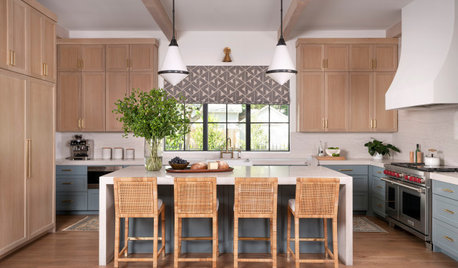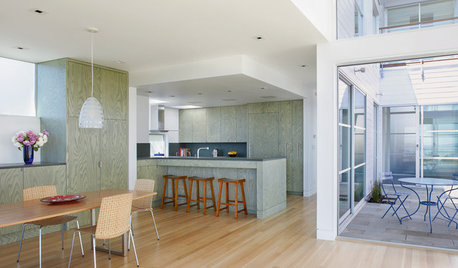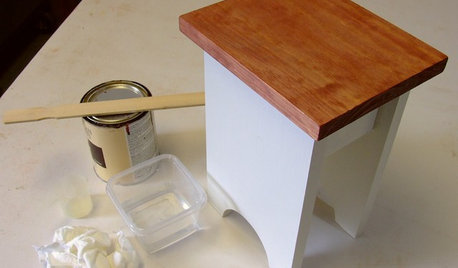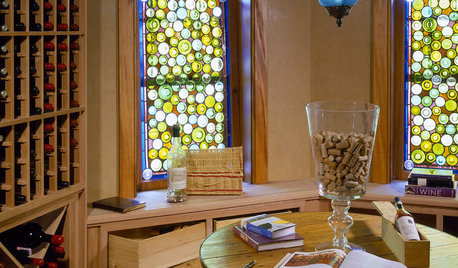Stain color
JordanO
11 years ago
Related Stories

KITCHEN CABINETSPainted vs. Stained Kitchen Cabinets
Wondering whether to go for natural wood or a painted finish for your cabinets? These pros and cons can help
Full Story
KITCHEN CABINETSKitchen Cabinet Color: Should You Paint or Stain?
Learn about durability, looks, cost and more for wooden cabinet finishes to make the right choice for your kitchen
Full Story
HOUSEKEEPINGDon't Touch Another Stain Before You Read This
Even an innocent swipe with water may cause permanent damage. Here's what to know about how rugs and fabrics react
Full Story
HOUSEKEEPINGOut, Darn Spot! Tips for Removing Carpet Stains
Know the right solutions and when to use them to prevent stains from pets, soda, chocolate, blood and more
Full Story
KITCHEN DESIGN8 Stunning Stain Colors for Kitchen Cabinets
Transform raw wood for custom-looking cabinetry with a stain that fills your need for color but lets the grain show through
Full Story
DIY PROJECTSCool Tip: Mimic Stain With a DIY Color Wash
Get the look of an oil-based stain without all the bother, using this easy wash made with paint
Full Story
HOUSEKEEPINGHow to Clean Grout — Stains and All
If your grout is grossing you out, this deep-cleaning method will help it look new again
Full Story
LIFEThe 12 Stains of Christmas
Even if your true love made them, you’re not going to want these holiday-season stains. Here’s how to clean them up
Full Story
WINDOWSFlying Colors: Stained Glass Through the Ages to Today
Ancient palaces sported it. Monks were distracted by it. But today's stained glass designs may be more glorious than ever
Full Story
DECORATING GUIDESColor Your Home's View With Stained Glass
Interiors get an enchanting perspective with stained glass windows, doors and fixtures that dapple the light
Full Story









karinl
Circus Peanut
Related Professionals
Carson Kitchen & Bathroom Designers · El Dorado Hills Kitchen & Bathroom Designers · Bensenville Kitchen & Bathroom Designers · Creve Coeur Kitchen & Bathroom Remodelers · Emeryville Kitchen & Bathroom Remodelers · Fair Oaks Kitchen & Bathroom Remodelers · Galena Park Kitchen & Bathroom Remodelers · Lyons Kitchen & Bathroom Remodelers · Saint Helens Kitchen & Bathroom Remodelers · Salinas Kitchen & Bathroom Remodelers · Southampton Kitchen & Bathroom Remodelers · Sun Valley Kitchen & Bathroom Remodelers · Asbury Park Architects & Building Designers · Ferry Pass Architects & Building Designers · Pedley Architects & Building Designerspowermuffin
Debbie Downer
slateberry
chibimimi